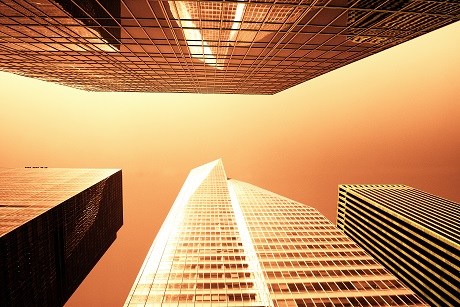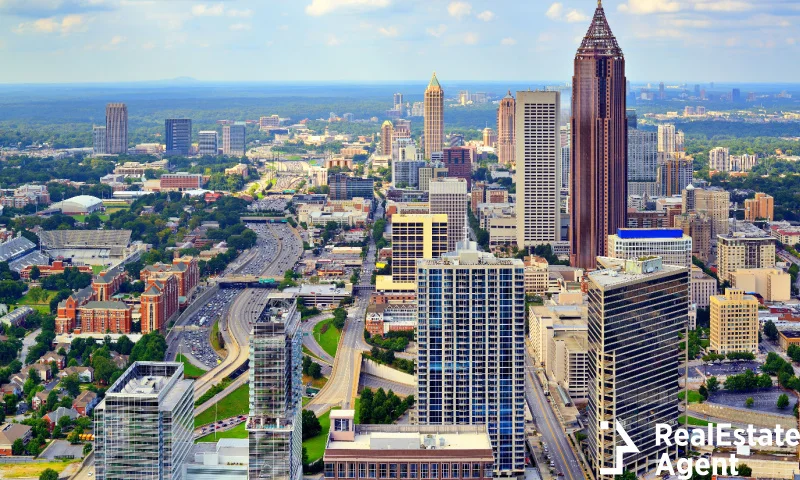As we’ve mentioned many times, real estate is everywhere. When we think of real estate we mostly associate homes with a “sold” sign, and a happy family plus fluffy dog frolicking in the front yard. Not to call a single family home “small,” there are much bigger examples out there.
This time, let’s go big… really big, no, really, really big! How big? Skyscraper big! The significance of skyscrapers in real estate has everything to do with space, or rather, lack of it. Prior to the invention of the safety elevator as well as the reinforced concrete and steel structures, building above 6 stories were not very practical. After all, most cities’ infrastructure did not have enough water pressure to provide water to the top floors. Also, climbing up more than 6 stories several times a day would be a tall task (pun intended) for anyone.
Then, things kind of happened at the same time… stronger materials stemming from the technological advancements of the industrial revolution allowed for stronger construction. At the same time, millions of people flocking to major metropolitan areas for work created an imperative need for a lot of Real Estate in a very tight space. The solution? Build upward! The first skyscraper booms were observed in New York City and Chicago, areas where limited land did not allow for perpetual horizontal expansion. Melbourne, Australia, also saw a large boom skyscraper building around the turn of the century. However, a lot of those buildings were built from older, less-sturdy materials, so few of them are around today. New York and Chicago real estate, however, still feature many tall buildings from that era.
Maybe it was because the skyscraper-laden New York and Chicago metropolitan areas also became synonymous with commerce, business might and wealth, or maybe it’s just because we love really, really tall things, skyscrapers became city, or even country-wide status symbols of opulence, status and achievement. Today, skyscrapers adorn the skylines of most major cities, including many without the glaring lack of horizontal space. New York and Chicago no longer host the tallest skyscrapers. Today, Dubai’s Burj Khalifa, a giant, 829-meter spire sticking out of the Middle Eastern sand holds the title of the tallest continuously inhabited building in the world.
As ever-taller skyscrapers are popping up all over the world, city planners are faced with quite an irritating problem – shadows. Every building casts a shadow. When a building is 100+ stories tall, it casts a very big shadow on the rest of the city. With multiple city blocks, buildings and residential structures blocked from the sun by these mammoth structures, vegetation, morale, and real estate values tend to suffer. With multiple mega-tall skyscrapers in a city center casting multiple shadows, the problem, just like the shadow space, can grow exponentially.
A London Architectural firm decided to tackle the problem in an ingenious way: they created a computer model of two skyscrapers where one building works to cancel the other one’s shadow. Specifically, a reflective surface of one of the skyscrapers is carefully shaped to reflect sunlight into the space occupied by the shadow of the other skyscraper. The shape of the first skyscraper also allows for this reflected light to follow the shadow of the other building throughout the day.
Why is this important? Real Estate values! An area that is supposed to be in the shadow of a giant building that is still bathed in reflected sunlight will be much a much more desirable downtown space for offices or luxury living.








